
+86-13566758039

Industry News
Material Composition and Its Safety Implications
A Camp Hot Water Pot is often used in rugged outdoor settings, where it must endure both high and low environmental temperatures. One common concern among users is whether the materials used in such products release harmful gases under thermal stress. To answer this, it is essential to examine the materials typically used in manufacturing these pots and understand how they behave when exposed to varying temperatures.
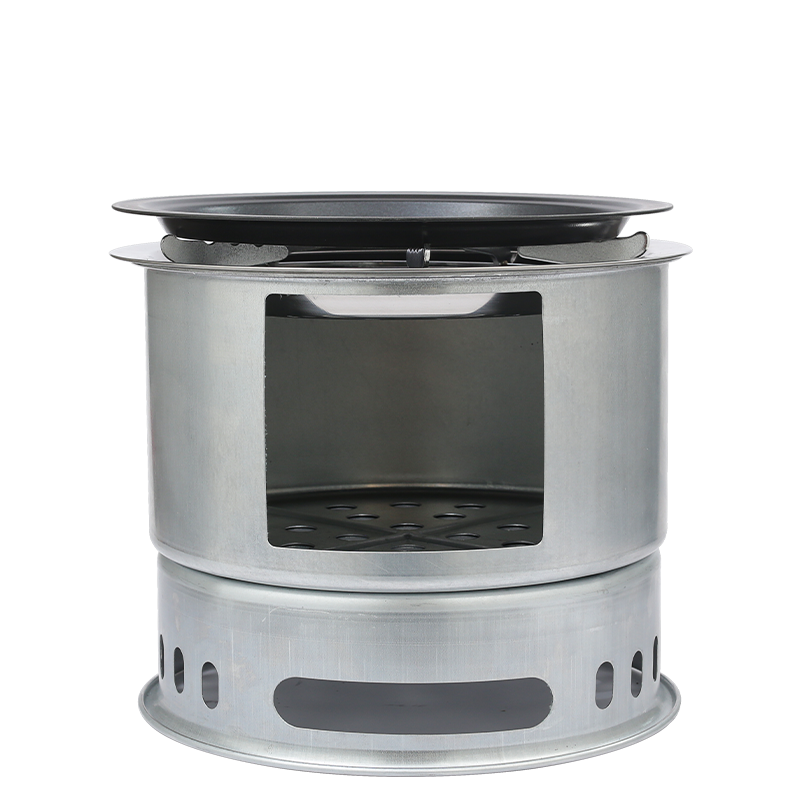
Common Materials Used in Camp Hot Water Pots
Most Camp Hot Water Pots are made from stainless steel, aluminum, or BPA-free heat-resistant plastics. Stainless steel, particularly grades like 304 or 316, is widely regarded as a safe material due to its inertness and resistance to corrosion. Aluminum, when anodized, forms a protective layer that prevents the leaching of metallic ions into water. Meanwhile, plastic components—often limited to handles, lids, or seals—are usually chosen for their heat resistance and are often certified as food-grade and BPA-free.
High Temperature Resistance and Gas Emission Risks
When subjected to high temperatures, especially during boiling or placement on direct flames, metals like stainless steel and anodized aluminum remain stable and do not emit gases. They are designed to withstand continuous heat exposure without breaking down chemically. However, issues may arise if the Camp Hot Water Pot includes low-quality plastic components. If these plastics are not designed for high heat, they can degrade and potentially emit substances such as volatile organic compounds (VOCs) or harmful plasticizers. Reputable manufacturers address this risk by selecting high-heat-tolerant materials such as polypropylene or silicone that do not break down easily at boiling temperatures.
Cold Weather Usage and Material Safety
In low-temperature conditions, such as winter camping or high-altitude adventures, the concern is not gas emission but material brittleness and chemical stability. Metals tend to contract in cold but do not release harmful gases. Plastics, if of poor quality, may become brittle and crack, but they are unlikely to emit gases in such scenarios. A well-designed Camp Hot Water Pot should be tested for use in sub-zero temperatures, and use plastics with a low glass transition temperature to prevent cracking or degradation.
Certifications and Manufacturer Accountability
Reliable manufacturers of outdoor cookware typically ensure their products comply with safety standards such as FDA (U.S.), LFGB (Germany), or SGS certification. These certifications test for chemical migration and emissions under both heat and cold exposure. If a Camp Hot Water Pot is certified under such standards, it offers assurance that the materials will not release harmful substances during normal use. Consumers are encouraged to look for these markings or request compliance documentation when purchasing.
User Practices That Influence Safety
Even with a high-quality Camp Hot Water Pot, improper use can cause issues. Overheating an empty pot, placing plastic components directly over flames, or using harsh cleaning chemicals can degrade materials and increase the risk of releasing toxins. Users should follow the manufacturer’s guidelines strictly, including recommended temperature ranges and proper cleaning methods. Avoiding exposure of plastic lids or seals to open flames or using them in microwave ovens (if not designated microwave-safe) is key to maintaining the product's integrity.
Signs of Degradation and Replacement Guidelines
To ensure ongoing safety, users should periodically inspect their Camp Hot Water Pot for signs of wear. Discoloration, warping, or unusual odors when boiling water may indicate that certain components are deteriorating. While the metal body of the pot can last for years, plastic parts such as seals and handles may need replacement over time. Many reputable brands offer replacement parts or kits to extend the product's life while maintaining safety standards.
Conclusion
A well-made Camp Hot Water Pot, constructed with food-safe and heat-resistant materials, is unlikely to release harmful gases even in high or low temperature environments. Metals like stainless steel and anodized aluminum are inherently stable, and reputable manufacturers select plastic components that meet global safety standards. By choosing certified products and following proper usage guidelines, users can confidently enjoy hot water in any outdoor setting without concern about chemical emissions or toxicity.
Your email address will not be published. Required fields are marked *
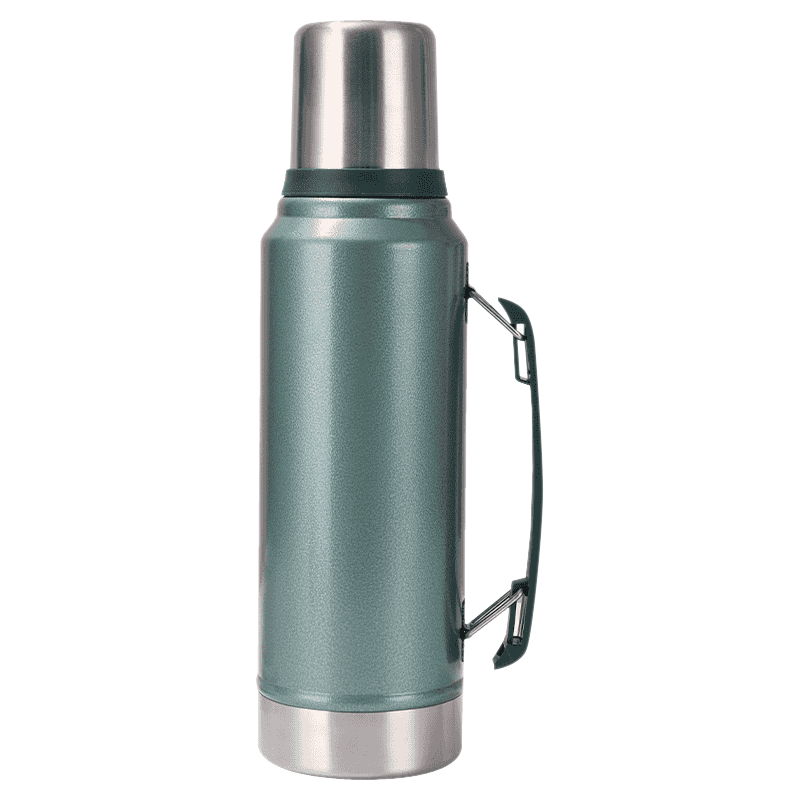

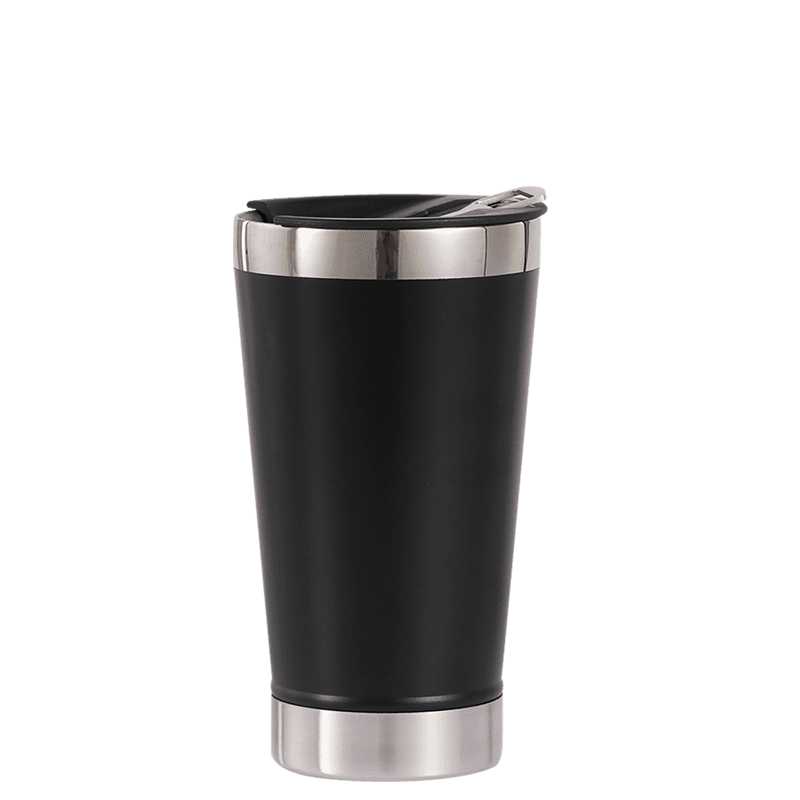

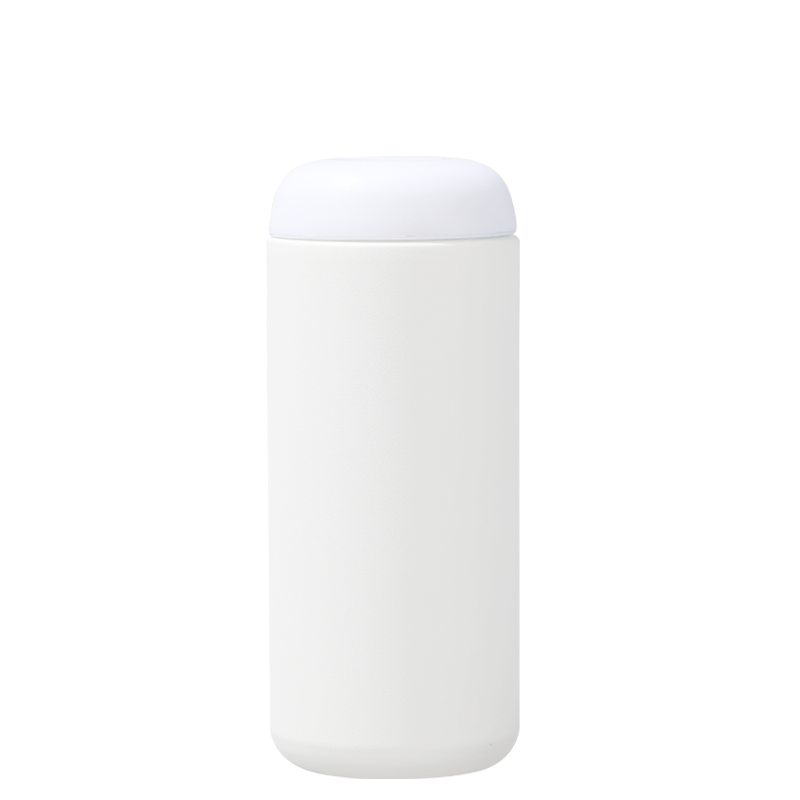
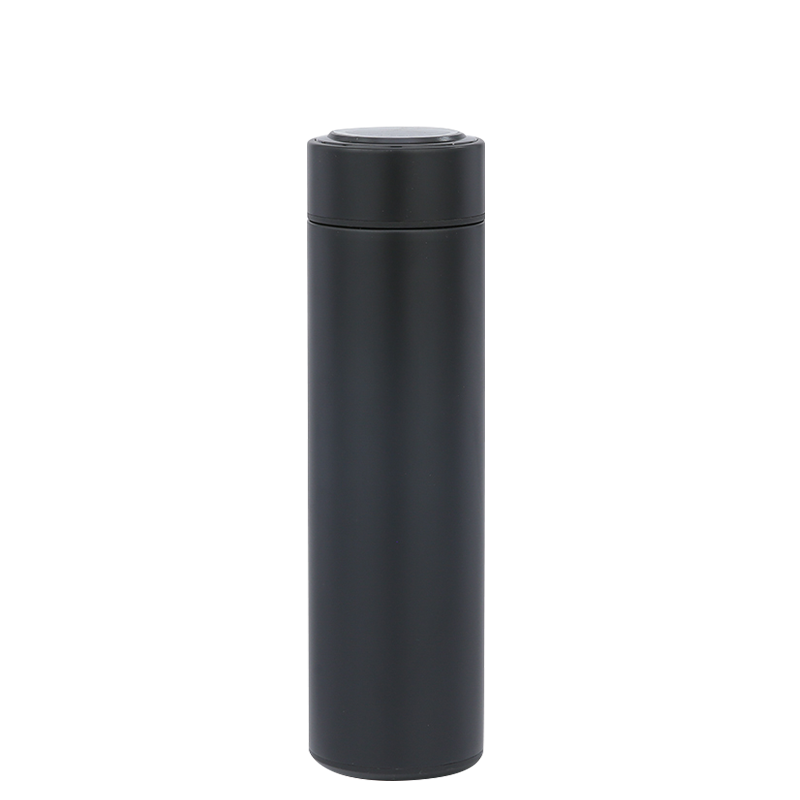


* Your email is safe with us, we don't spam.


Our company's products include vacuum flasks, beer mugs, coffee mugs, car tumbler, fire stove and tensile parts, etc.
Phone: +86-13566758039
Tel: +86-0579-87171178
Fax: +86-0579-87171178
E-mail: [email protected]
Add: No.29, Qiaodong Road, Qiaotouzhou Village, Longshan Town, Yongkang, Jinhua, Zhejiang, China.

 English
English 中文简体
中文简体 日本語
日本語 Français
Français Español
Español